Snake plants, scientifically known as sansevierias, are native to western and southern Africa. They are also commonly referred to as mother-in-law’s tongue or tiger’s tail orchids. Snake plants have distinct, upright leaves that can vary in appearance, with some having tiger stripes and others being more compact. They are known for their ability to thrive on neglect and are a popular choice for low-maintenance houseplants.
Snake Plant Watering Tips
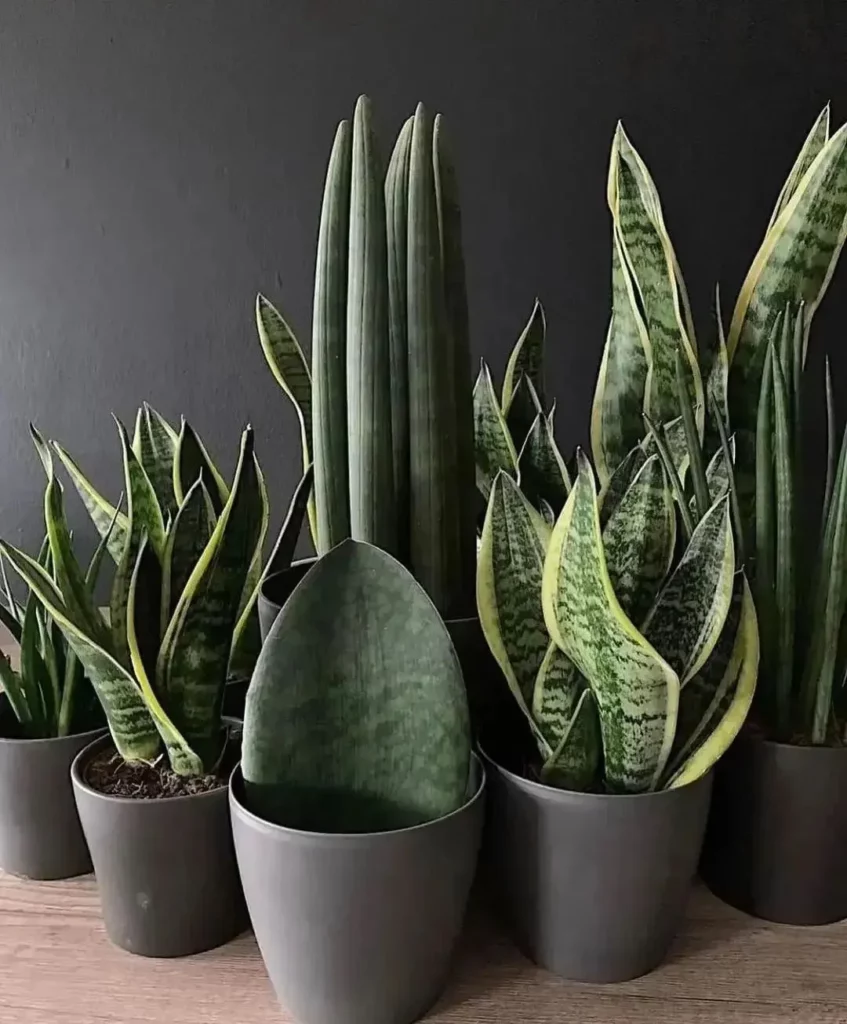
Proper watering is essential for the health and well-being of your snake plant. These drought-tolerant succulents do not require frequent watering like other houseplants. Overwatering can actually harm your snake plant by causing root rot. To ensure you’re watering your snake plant correctly, follow these tips:
- Check the soil: Before watering your snake plant, check the top two inches of soil. Stick your finger or a moisture meter into the soil to determine its moisture level. If the soil feels dry, it’s time to water your plant.
- Water sparingly: When watering your snake plant, pour water slowly and evenly onto the soil until it starts to drain out of the bottom. Avoid pouring water directly onto the leaves, as this can lead to leaf rot.
- Let it dry out: After watering, allow the soil to dry out completely before watering again. Snake plants prefer dry conditions and can tolerate slight periods of drought.
- Consider the environment: The frequency of watering may vary depending on factors like temperature and humidity. In general, snake plants are typically watered every two weeks, but adjust the watering schedule based on the specific conditions of your environment.
No products found.
Snake Plant Light Requirements
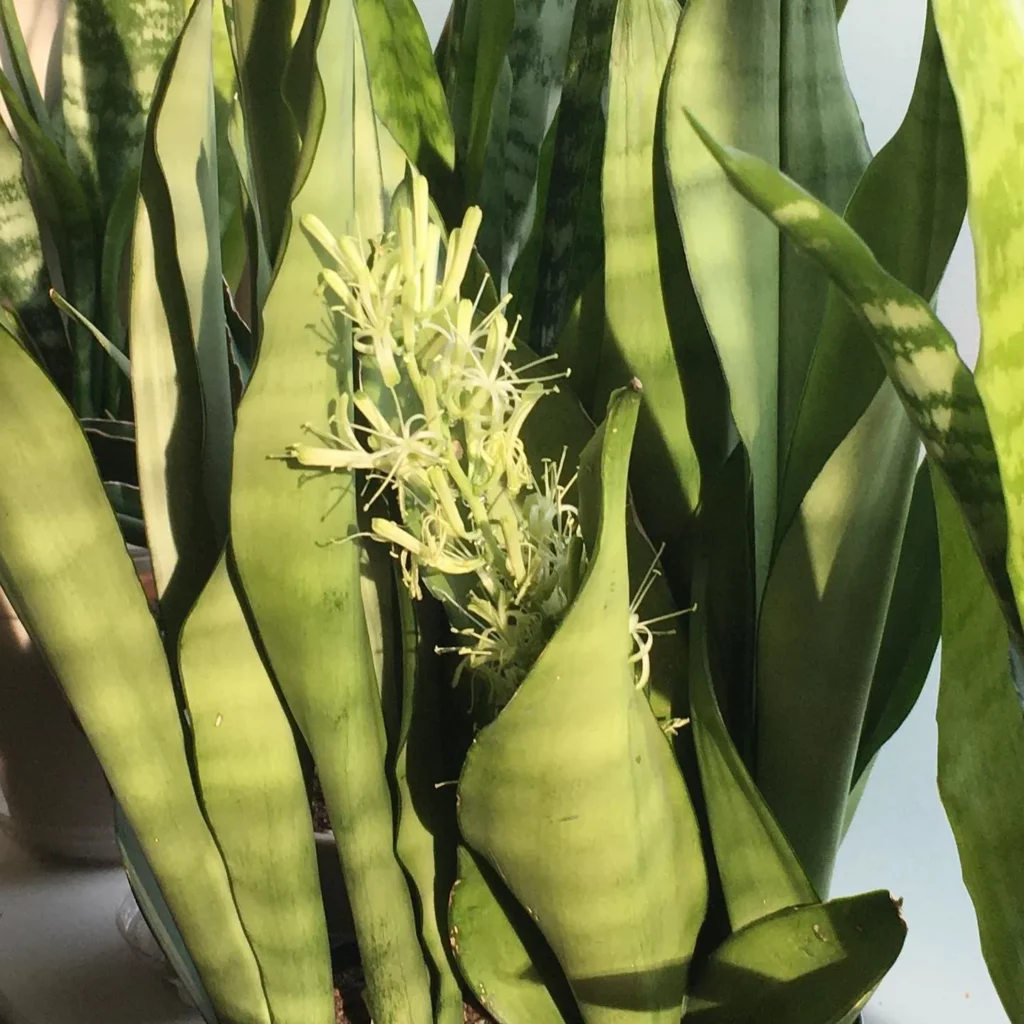
Snake plants, also known as sansevierias, are versatile houseplants that can adapt to various lighting conditions. When determining the right amount of light for your snake plant, it’s important to strike a balance between providing enough light for growth and avoiding exposure to direct sunlight.
Snake plants prefer bright, indirect light. Placing them in a well-lit spot near a window with filtered sunlight is ideal. However, they can also tolerate low-light conditions and are a great choice for offices or areas without much natural light.
No products found.
Avoid placing your snake plant in direct sunlight, as it can burn the leaves. Prolonged exposure to intense sunlight can cause damage and discoloration. If you notice your snake plant’s leaves turning yellow or brown, it may be an indication that it’s receiving too much direct sunlight.
To ensure optimal growth, regularly rotate your snake plant to allow all sides to receive equal light exposure. This helps prevent the plant from leaning towards the light source and promotes balanced growth.
Snake Plant Temperature Needs

Snake plants are known for their ability to tolerate a wide range of temperatures, making them versatile houseplants. However, they do have a preference for warm environments. Ideally, you should keep your snake plant in a spot with temperatures above 10°C.
Cold drafts can be harmful to snake plants, so it is important to protect them from chilly air. Avoid placing your snake plant near windows or air conditioning units, as these areas often have fluctuating temperatures. Instead, choose a location that provides a stable and cozy atmosphere for your plant to thrive.
Avoiding extreme temperature fluctuations is key to ensuring the health and well-being of your snake plant. By providing it with the ideal temperature conditions, you can help your snake plant grow and flourish in your indoor space.
Snake Plant Repotting Guide
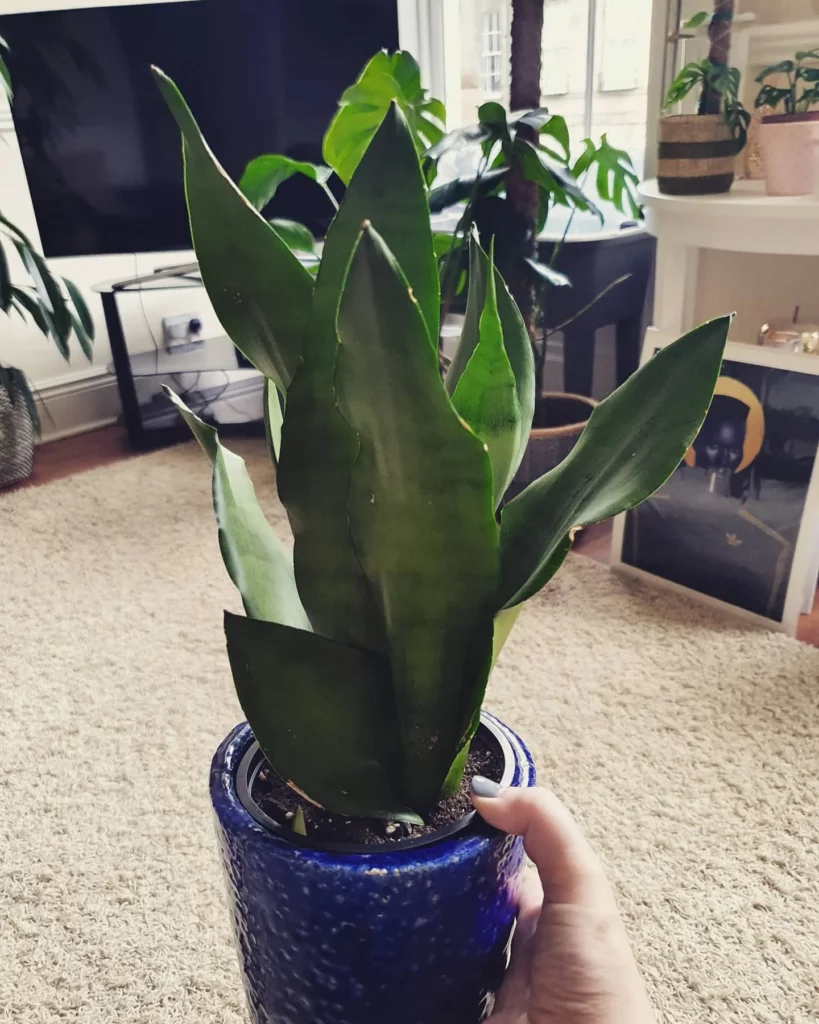
Snake plants are low-maintenance plants that don’t require frequent repotting. You can keep them in their original nursery pots for a long time, unless their roots start to outgrow the pot. Repotting is necessary when your snake plant becomes root-bound or when you want to refresh its soil.
When should you repot your snake plant? Ideally, you should repot it in the spring when it begins its active growing season. This allows the plant to establish itself in the new pot before entering a period of dormancy in the winter. Keep in mind that snake plants are slow growers, so they don’t require frequent repotting.
Here are the steps to repot a snake plant:
- Select a well-draining houseplant or cactus compost. Snake plants prefer soil that doesn’t hold excess moisture.
- Choose a pot that is slightly larger than its current one. This will give the roots room to grow without being overwhelmed.
- Gently remove the snake plant from its current pot, being careful not to damage the roots.
- Inspect the roots for any signs of damage or disease. Trim away any brown or mushy roots.
- Place a layer of fresh soil in the bottom of the new pot.
- Position the snake plant in the center of the pot and add soil around the sides, gently pressing it down to secure the plant.
- Water the plant thoroughly, allowing the excess water to drain out of the bottom of the pot.
- Place the repotted snake plant in a well-lit area, but avoid direct sunlight.
No products found.
Snake Plant Maintenance Tips
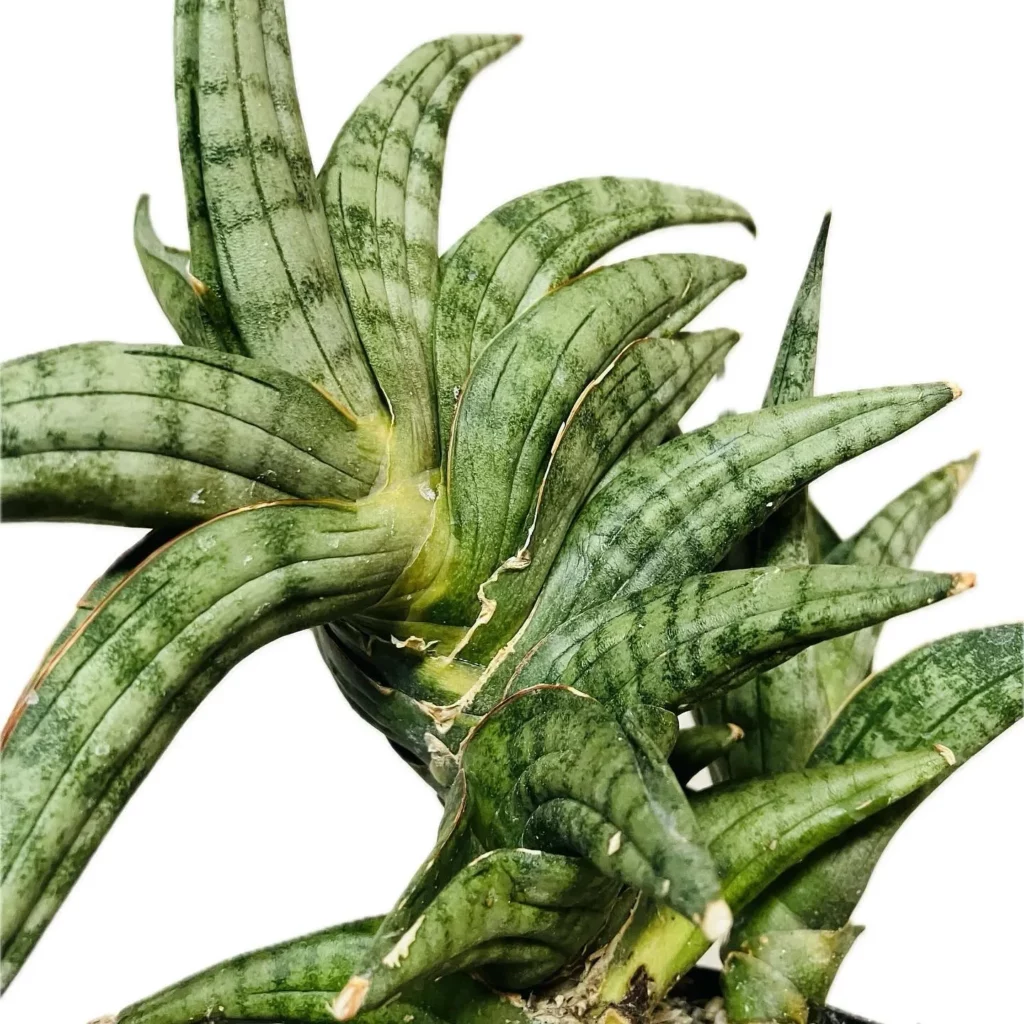
While snake plants are relatively low-maintenance, there are a few additional care tips that can help ensure their optimal health and growth. Here are some important maintenance practices to keep in mind:
- Regularly wipe the leaves: To keep your snake plant looking fresh and healthy, it’s a good idea to wipe the leaves occasionally with a clean, damp cloth. This helps remove dust and debris, allowing the plant to breathe freely. It also helps keep the leaves looking shiny and vibrant.
- Feed your snake plant: During the spring and summer months, you can provide your snake plant with a boost of nutrients by feeding it a diluted liquid fertilizer once a month. This can help encourage healthy growth and foliage. However, it’s important to note that fertilizing is not necessary and the plant can still thrive without it.
Snake Plant Toxicity
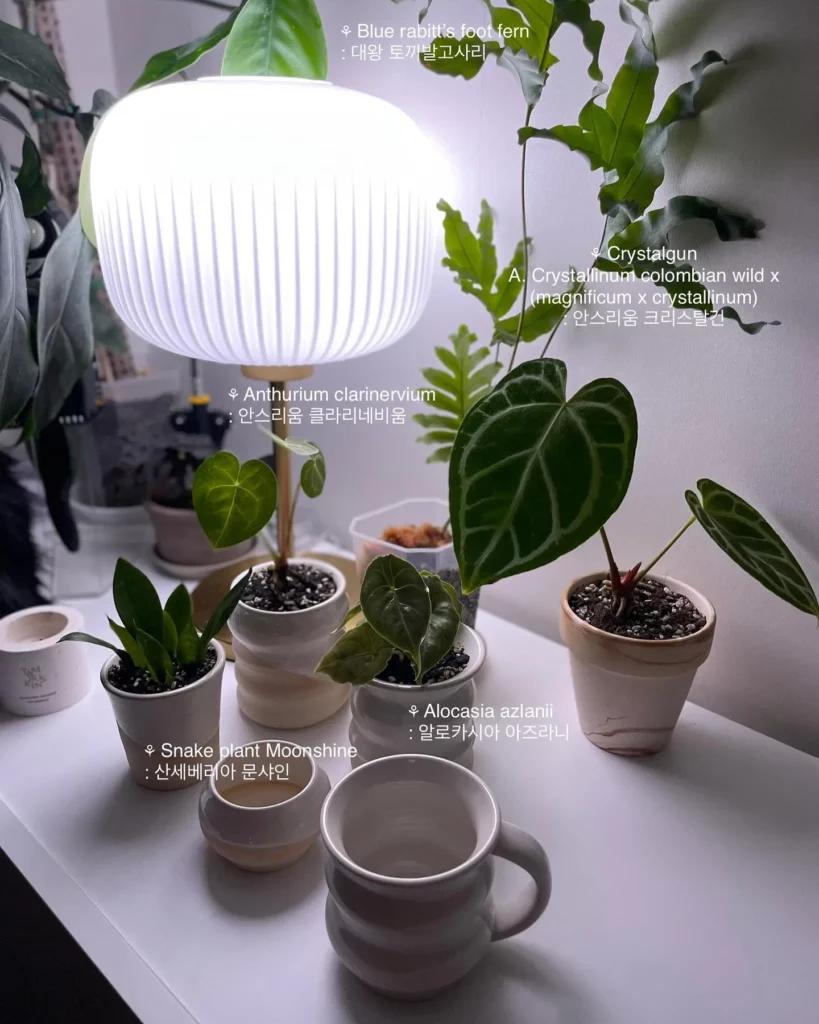
While snake plants are generally safe to have around pets and children, it is important to be aware of their potential toxicity if ingested. The leaves of snake plants contain chemical compounds that can cause mild stomach discomfort if consumed.
If you have pets or young children, it is recommended to keep your snake plant out of reach. Place it in an area where they cannot access it, such as on a high shelf or in a hanging planter. This will help prevent any accidental ingestion and minimize the risk of any adverse effects.
If you suspect that your pet or child has ingested parts of a snake plant and they show any signs of illness, such as vomiting or diarrhea, it is essential to contact a veterinarian or healthcare professional immediately for further guidance. They will be able to provide the necessary advice and assistance based on the specific situation.
Snake Plant Propagation
If you love your snake plant and want to expand your collection or share its beauty with others, propagation is the way to go. Luckily, snake plants are incredibly easy to propagate using two main methods: division and leaf cuttings.
Propagation through Division
To propagate your snake plant through division, start by carefully removing offsets or pups from the mother plant. Offsets are small, baby plants that grow from the base of the mother plant. You can easily identify them as they have their own root system.
Once you’ve identified the offsets, gently loosen the soil around them and separate them from the mother plant using a clean and sharp knife or pruning shears. Be careful not to damage the roots or the main plant during this process.
Once the offsets are separated, replant them in their own pots. Fill the pots with a well-draining soil mix, such as a cactus or succulent potting mix. Plant the offsets at the same depth they were previously growing, making sure their roots are covered with soil and their leaves are above the surface.
No products found.
Propagation through Leaf Cuttings
Another method of propagating snake plants is through leaf cuttings. To do this, select a healthy leaf from your snake plant that is at least four to six inches long. Using a clean and sharp knife or scissors, carefully cut the leaf near its base.
Once you have the leaf cutting, allow it to dry for a day or two. This helps prevent rotting when you plant it in the soil.
After the leaf cutting has dried, fill a small pot with a well-draining soil mix. Make a small hole in the soil and insert the leaf cutting about an inch deep. Gently press the soil around the base of the leaf to ensure it remains upright.
Place the pot in a warm and brightly lit area, but away from direct sunlight. Water the soil lightly and keep it slightly moist until roots start to develop, which may take a few weeks. Be patient and avoid overwatering, as excessive moisture can lead to rotting.
Common Snake Plant Varieties

Snake plants come in various varieties, each with its own unique appearance. Here are some popular snake plant varieties:
1. Dracaena trifasciata ‘Laurentii’
This variety of snake plant features creamy yellow leaf margins, adding an elegant touch to any space. The contrasting colors create a visually striking look.
2. Dracaena trifasciata ‘Moonshine’
‘Moonshine’ snake plants have silver-green leaves that glimmer in the sunlight, giving them a subtle, ethereal quality. They make for a stunning addition to any room.
3. Dracaena angolensi
The Dracaena angolensi variety boasts cylindrical-shaped leaves with a vibrant red tint. This unique coloration adds a pop of warmth and richness to your indoor greenery.
These different varieties allow you to choose the snake plant that suits your personal preference and style. Whether you prefer the classic look of ‘Laurentii’, the delicate beauty of ‘Moonshine’, or the boldness of Dracaena angolensi, there is a snake plant variety for everyone.
Adding diversity to your snake plant collection can create an eye-catching display of different colors and leaf patterns. Explore the various snake plant varieties and find the perfect one that resonates with your aesthetic sensibilities.
Pruning and Repotting Snake Plants
Pruning plays a crucial role in controlling the height and appearance of your snake plant. By removing damaged or excessive leaves at the soil line, you can ensure that your plant maintains its desired shape and overall health. To get started, gather sterile cutting tools, such as pruning shears or scissors.
- Inspect your snake plant for any leaves that are brown, yellow, or wilted. These are signs of damage and should be removed to promote new growth.
- Locate the damaged or excessive leaves and make a clean diagonal cut at the soil line. This will encourage your plant to focus its energy on healthy leaves.
- Remember to sterilize your cutting tools before and after pruning to prevent the spread of any potential diseases.
Repotting your snake plant is only necessary when the roots start to outgrow the pot or when the plant shows signs of stunted growth or drying out too quickly. Repotting allows your plant to have more space to grow and access fresh nutrients.
When repotting, choose a pot that is slightly larger than the current one to provide enough room for the roots. Ensure the new pot has drainage holes to prevent waterlogging. Additionally, use a well-draining soil mix, such as a combination of potting soil and perlite, to promote proper drainage and prevent root rot.
Troubleshooting Common Snake Plant Problems
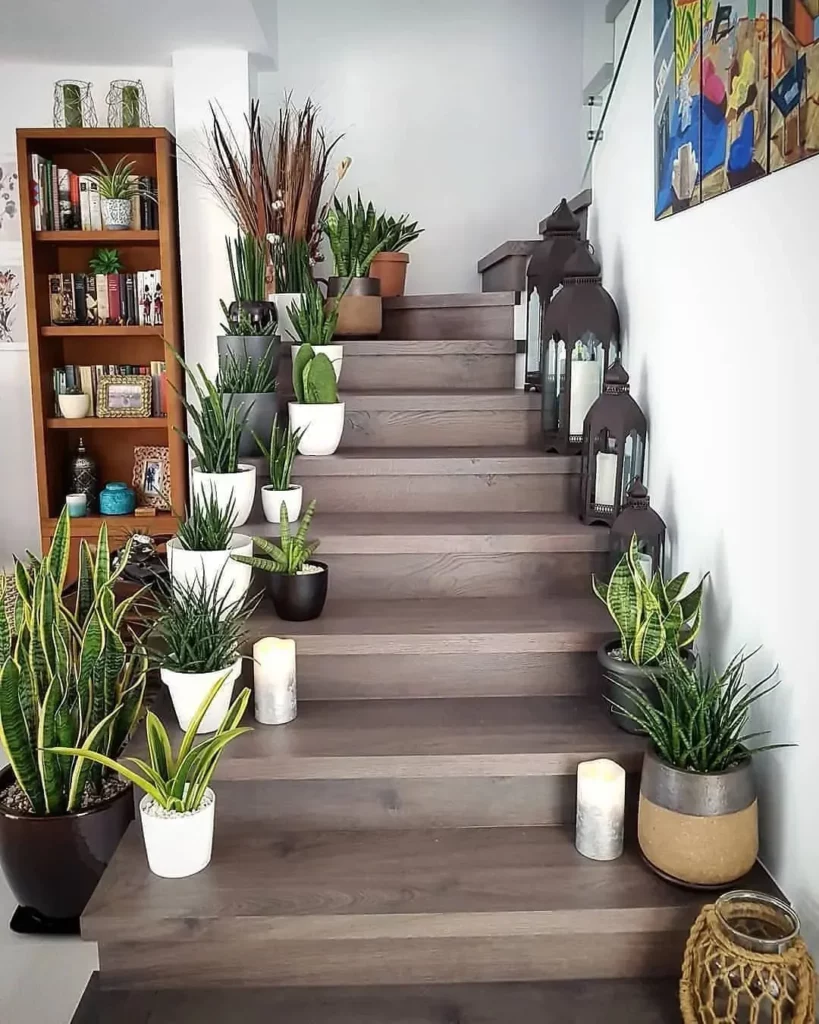
While snake plants are generally resilient and resistant to most pests and diseases, there are a few common issues you may encounter. Here are some tips to help you troubleshoot and resolve problems with your snake plant:
- Mealybugs: Occasionally, snake plants can be affected by mealybugs, small insects that appear as white, fuzzy masses on the leaves. To treat mealybug infestations, mix a solution of insecticidal soap and water, then gently wipe down the leaves with a soft cloth or sponge. This will help remove the pests and prevent them from spreading. Alternatively, you can use neem oil, a natural insecticide, by following the instructions on the product label.
- Spider mites: Spider mites are another potential pest that can affect snake plants. These tiny pests can cause webbing and discoloration on the leaves. To get rid of spider mites, you can use a mixture of water and insecticidal soap or neem oil. Apply the solution to the affected leaves, making sure to cover both the upper and lower surfaces. Repeat the treatment every few days until the infestation is under control.
- Overwatering: One of the most common issues with snake plants is overwatering, which can lead to root rot. To prevent overwatering, make sure the soil is completely dry before watering again. Snake plants are drought-tolerant and prefer to be slightly dry between waterings. Be mindful of the water needs of your snake plant and adjust your watering frequency accordingly.
Snake Plant Benefits
In addition to being a low-maintenance plant, snake plants offer various benefits. Here are the top reasons to have a snake plant:
- Improved Indoor Air Quality: Snake plants are known to improve indoor air quality by removing toxins from the air and releasing oxygen. They can help purify the air in your home, creating a healthier environment for you and your family.
- Enhanced Décor: With their unique shape and interesting foliage, snake plants add a touch of greenery to any space. Whether you place them in a living room, bedroom, or office, they can instantly enhance the aesthetic appeal of your interior.
- Calming and Relaxing Environment: Snake plants have a soothing presence and can help create a calming and relaxing atmosphere in your home. Their presence can contribute to reduced stress levels and improved mental well-being.
Snake Plant Care Summary
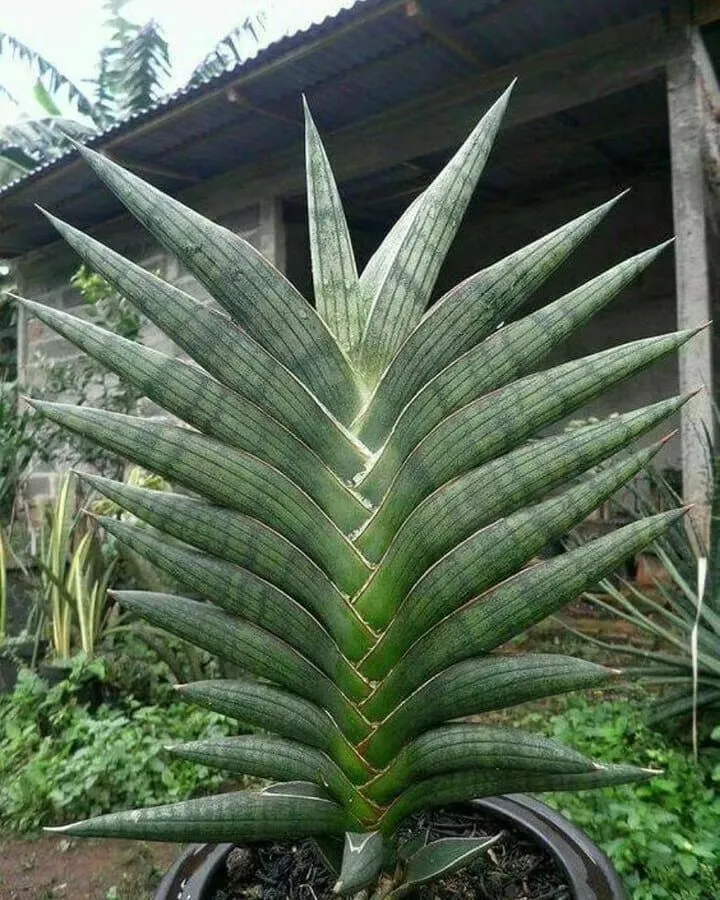
To summarize, taking care of a snake plant is easy and requires minimal effort. Here are the key points to keep in mind for successful snake plant care:
- Lighting: Snake plants can thrive in various light conditions, but they prefer bright, indirect light. Avoid placing them in direct sunlight to prevent leaf burn.
- Watering: Snake plants are drought-tolerant and only need to be watered when the top two inches of soil are dry. Overwatering can lead to root rot, so it’s essential to allow the soil to dry out between waterings.
- Soil and Drainage: Snake plants prefer well-draining soil to prevent waterlogged roots. Use a cactus or succulent potting mix to ensure adequate drainage.
- Fertilization: While snake plants can thrive without fertilization, occasional feeding during the growing season can promote healthier growth. Use a balanced, liquid houseplant fertilizer diluted to half-strength.
- Cleaning: Dust the snake plant’s leaves regularly with a clean, damp cloth or sponge to remove any accumulated debris. This helps the plant absorb more light and stay healthy.
Conclusion
By following the tips and guidelines provided in this ultimate care guide, you can ensure the optimal health and growth of your snake plant. Proper watering, lighting, and occasional maintenance are key to keeping these resilient plants thriving for many years to come.
With their ability to improve indoor air quality, add a touch of greenery, and create a calming environment, snake plants are a perfect choice for enhancing your home decor. Their unique foliage and ability to withstand neglect make them an ideal plant for busy individuals or those new to plant care.
So, whether you place a snake plant in your living room, bedroom, or office, you can enjoy the beauty and benefits it brings. Get started on your snake plant journey and watch as these remarkable plants flourish in your indoor space!
FAQ
Why is it called a snake plant?
Snake plants earned their name due to the resemblance of their long, thin leaves to snakes.
How often should I water my snake plant?
Snake plants do not require frequent watering. It is best to water them when the top two inches of soil feel dry, which usually happens every two weeks.
What are the light requirements for a snake plant?
Snake plants can tolerate a wide range of light conditions. While they prefer bright, indirect light, they can also thrive in low-light conditions. However, they should be kept away from direct sunlight.
What temperature is ideal for a snake plant?
Snake plants can tolerate a wide range of temperatures, but they prefer to be kept in a warm spot with temperatures above 10°C. It is important to protect the plant from cold drafts.
When should I repot my snake plant?
Snake plants are slow growers and do not require frequent repotting. You can keep them in their original nursery pot for a long time unless their roots start to outgrow the pot.
How do I maintain my snake plant?
Snake plants are relatively low-maintenance. Wipe the leaves occasionally with a clean, damp cloth to remove dust and debris. During the spring and summer months, you can feed your snake plant with a diluted liquid fertilizer once a month.
Are snake plants toxic?
Snake plants can be mildly toxic if ingested. It is best to keep them out of reach of small humans and pets.
How do I propagate a snake plant?
Snake plants can be propagated through division or leaf cuttings. To propagate through division, carefully remove offsets or pups from the mother plant and replant them in their own pots. Leaf cuttings can also be taken and rooted in a well-draining soil mix.
What are some common snake plant varieties?
Some popular snake plant varieties include Dracaena trifasciata ‘Laurentii’, Dracaena trifasciata ‘Moonshine’, and Dracaena angolensi. Each variety has its own unique appearance.
How do I prune and repot a snake plant?
Pruning can help control the height and appearance of your snake plant. To prune, simply remove any damaged or excessive leaves at the soil line using sterile cutting tools. Repotting is necessary when the roots start to outgrow the pot or when the plant shows signs of stunted growth or drying out too quickly.
What are some common snake plant problems?
While snake plants are generally resilient and resistant to pests and diseases, they can occasionally be affected by mealybugs or spider mites. Overwatering can also lead to issues such as root rot.
What are the benefits of having a snake plant?
Snake plants are known to improve indoor air quality, add a touch of greenery to any space, and create a calming and relaxing environment. They are also low-maintenance and can thrive in various light and temperature conditions.





